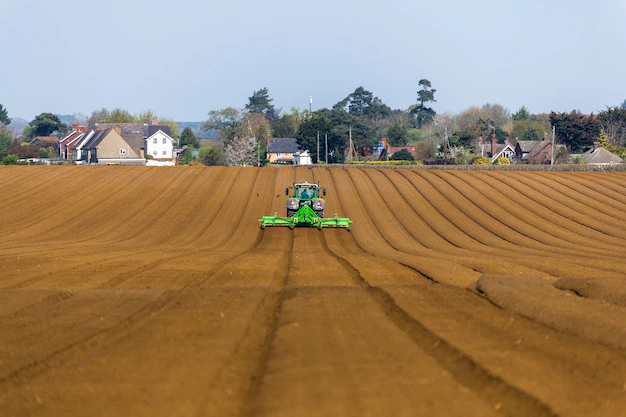Efficiently using grain handling and transportation equipment is crucial for optimizing operations and maximizing productivity in the agricultural industry. Here are some tips to help you make the most of your grain handling and transportation equipment:
- Regular Maintenance: Keep your equipment in good working condition by performing regular maintenance checks. This includes inspecting and cleaning the equipment, lubricating moving parts, and replacing worn-out components. Well-maintained equipment operates more efficiently and reduces the risk of breakdowns.
- Operator Training: Ensure that operators are properly trained in operating the specific equipment they will be using. Familiarize them with all the features, controls, and safety procedures. Trained operators will be able to use the equipment more efficiently, reducing the chances of accidents and improving overall productivity.
- Optimize Workflows: Analyze and optimize your grain handling and transportation workflows. Identify any bottlenecks or inefficiencies and make adjustments to streamline the processes. This could involve reorganizing equipment placement, adjusting timing of operations, or using different equipment for specific tasks.
- Load Planning: Proper load planning is essential for maximizing transportation efficiency. Consider factors such as the capacity of your equipment, grain characteristics, and the destination. Ensure that loads are balanced and secure to prevent spills and accidents during transportation. Proper load planning can minimize the number of trips required, reducing fuel consumption and time spent on transportation.
- Automation and Technology: Explore the use of automation and technology to enhance efficiency. Automated systems can help in precise measuring, sorting, and tracking of grain, reducing errors and saving time. Utilize grain management software or other digital tools to track inventory, manage orders, and optimize transportation routes.
- Safety Measures: Safety should always be a top priority. Ensure that all operators and workers are following safety protocols, such as wearing appropriate personal protective equipment (PPE), conducting pre-operational checks, and maintaining clear communication. Regularly review and update safety procedures to prevent accidents and promote a safe working environment.
- Monitoring and Performance Analysis: Monitor equipment performance and collect data to identify areas for improvement. Keep track of key metrics such as fuel consumption, equipment downtime, transportation time, and maintenance costs. Analyzing this data can help you identify inefficiencies, plan maintenance schedules, and make informed decisions to optimize operations.
- Collaboration and Communication: Foster effective communication and collaboration among the different teams involved in grain handling and transportation. This includes farmers, operators, logistics personnel, and maintenance staff. Clear communication channels and coordinated efforts can help minimize delays, ensure timely operations, and avoid unnecessary costs.
By implementing these strategies, you can efficiently use your grain handling and transportation equipment, improving productivity, reducing costs, and optimizing your overall operations in the agricultural industry.
Join 'Farmers Mag' WhatsApp Channel
Get the latest Farming news and tips delivered straight to your WhatsApp
CLICK HERE TO JOIN






